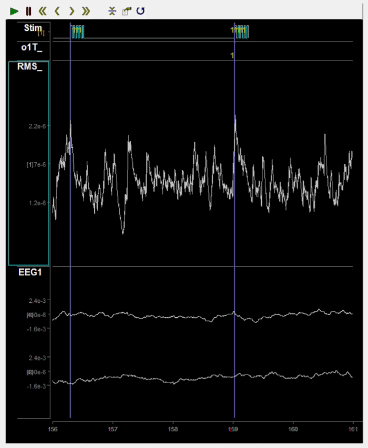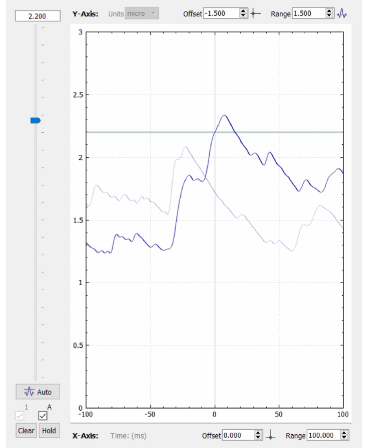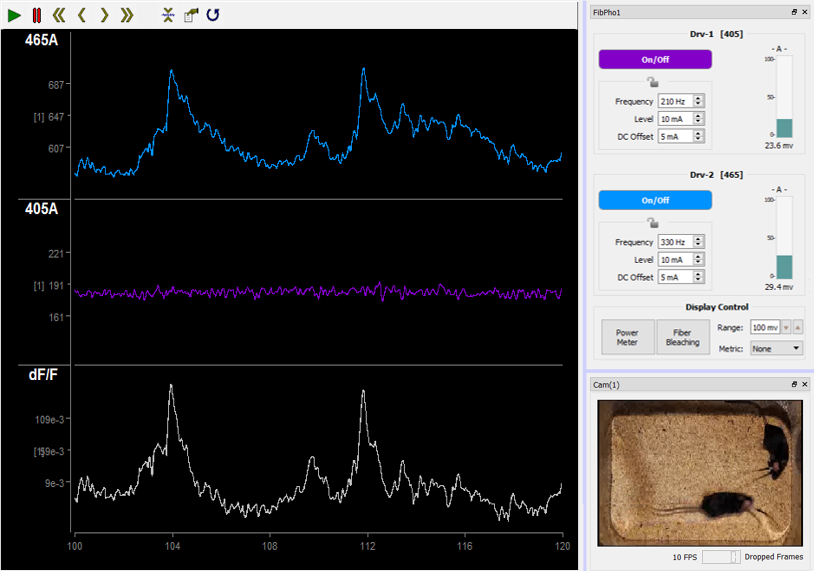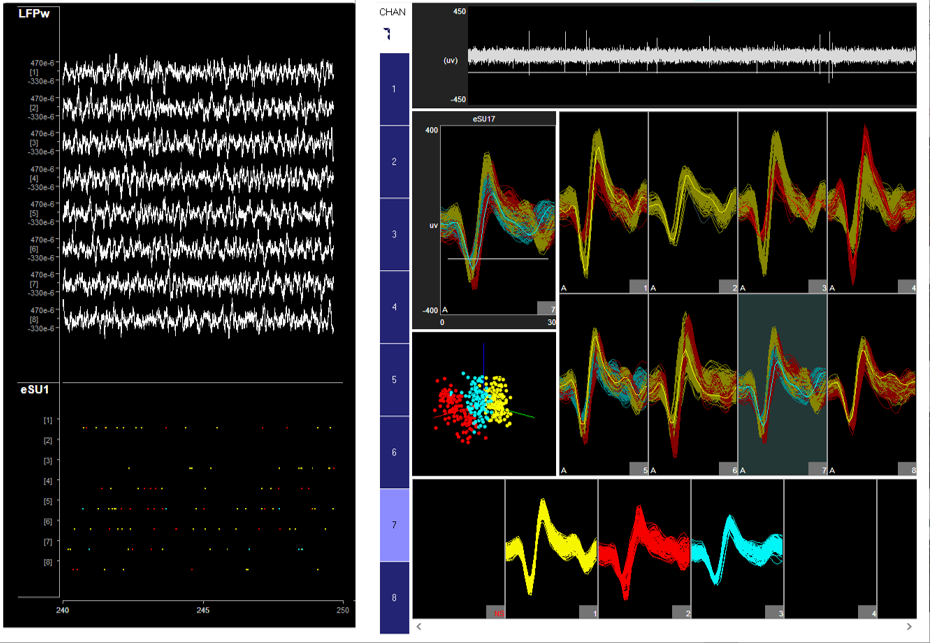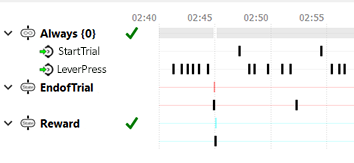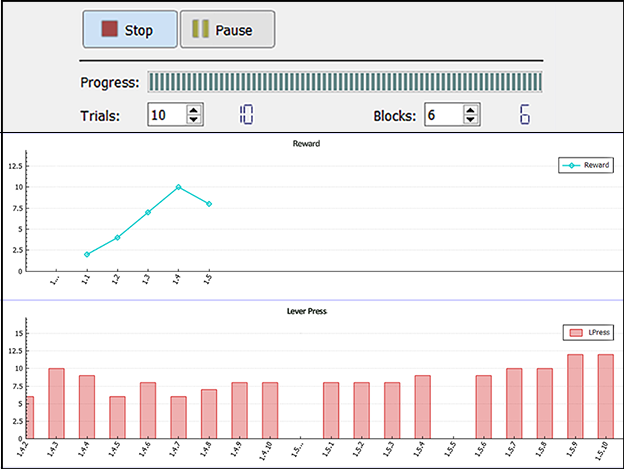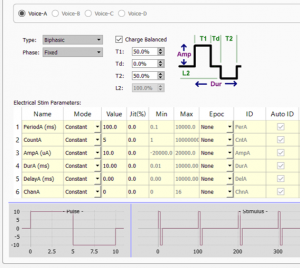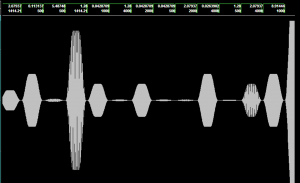Save and Track your Experiments
Synapse has sophisticated tools for managing experiments, subjects, and data. Synapse has version control for experiments, a digital notebook for subject settings, and a database to review and access your recordings.
Version Control
Made a mistake? You can easily return to your previous experiment setup. Synapse’s version control logs all experiment changes and saves these versions to a database for easy retrieval. Navigate the database to access your preferred experiment protocol or review previous changes.
Digital Notebook
Synapse has a digital notebook to track subject settings and to timestamp any changes made during a recording. For example, previous spike thresholds and sort codes are automatically loaded for the subject’s next recording session. Also, filter settings, stimulation paradigms, and LED power for fiber photometry or optogenetics can be pre-set and saved for use in the next recording session.
Data Management
Review parameter changes during recording sessions with Synapse’s history function. Also use the history function to quickly access TDT’s offline analysis tools, such as Scope or Explorer, or simply copy and paste the file pathway to import your data into MATLAB or Python. Use the searchable database to access recording sessions based on experimental protocol and subject.


